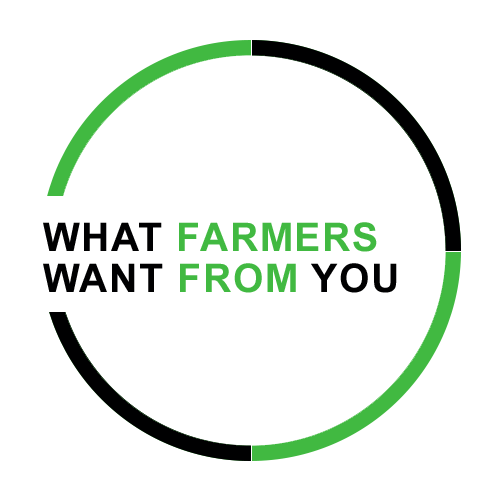 In 2010, Doug Gronau — who farms with his son, Greg, and wife, Judy — decided to give row clutches and auto-steer a spin on his hilly Iowa farm.
In 2010, Doug Gronau — who farms with his son, Greg, and wife, Judy — decided to give row clutches and auto-steer a spin on his hilly Iowa farm.
“We’re in hill country and everything is terraced, contoured and crossed with waterways. We have a lot of point rows,” Doug says. “We also use high corn planting populations, so when you mix that in with contours, you end up planting a lot of very expensive weeds.”
Putting AgLeader controlled row clutches on his Kinze planter along with a steering wheel mounted auto-steer system saved the Gronaus about 5% in total volume of seed corn planted.
“Eliminating double planting saves us in seed and makes sure every plant all the way to the end of the row has the space to grow and produce,” Doug says.
The purchase of a new Case IH 1240 16/31 split row planter for corn and soybeans gave Doug and Greg a chance to revisit their precision systems. Instead of cluttering the cab with monitors, the Gronaus opted to go with Case IH row clutches and hydraulic auto-steer controlled by a Case IH FM-600 display. They also traded in their combine and added Case IH hydraulic auto-steer.
“The line is just perfect when Greg runs auto-steer harvesting soybeans,” Doug says. “Before, you could almost never cover the full width of a 30-foot head all the time. Now he does it every pass while still watching the cutter bar, looking at the instruments and just in general paying more attention.”
What Farmers Want From You is a series of farmer profiles that examine the scope of precision farming tools individual farmers are using on their operation, along with the frustrations that can occur with adopting new technology and how dealers can alleviate those "points of pain" for farm customers. For the latest additions to the series, visit our What Farmers Want From You feed.
They also upgraded their service from Omnistar to Case IH CenterPoint RTX.
“It was $300 more per year, but it’s all satellite based and it worked very, very well in our hills without any supplemental receivers,” Doug says. “It was well worth the extra money.”
Point of Pain: Being the Guinea Pig
Switching from the Kinze/AgLeader system to the Case IH auto-steer and row clutch system wasn’t quick and easy despite the fact that it was a whole new planter.
“The Kinze system was a simple mechanical system with some electronic controls thrown in,” Doug says. “The Case IH system is entirely electronic and required a myriad of technical settings that had to be adjusted.”
There was quite a struggle to get the row clutches dialed in, and the technicians weren’t very familiar with the product.

Doug Gronau's Case IH auto-steer and row clutch system
“We were the first ones in our area to use the technology. My son ended up knowing almost as much as the technicians they sent out because the equipment was all new to them,” Doug says. “It was during planting season, so it cost us a little time in the field.”
As more units are sold, the technicians learn more and are quicker to setup and troubleshoot equipment. But that means making the most innovative farmers the Guinea pigs, and stretching out the time it takes to get a piece of equipment in the field.
Possible solutions for this early-adopter problem include: getting at least one technician fully trained on new technology before selling it to producers, making sure that new, unfamiliar systems are setup prior to them being needed in the field and setting producer expectations appropriately that it may take extra time to install new, unfamiliar technology, and work out the kinks.







